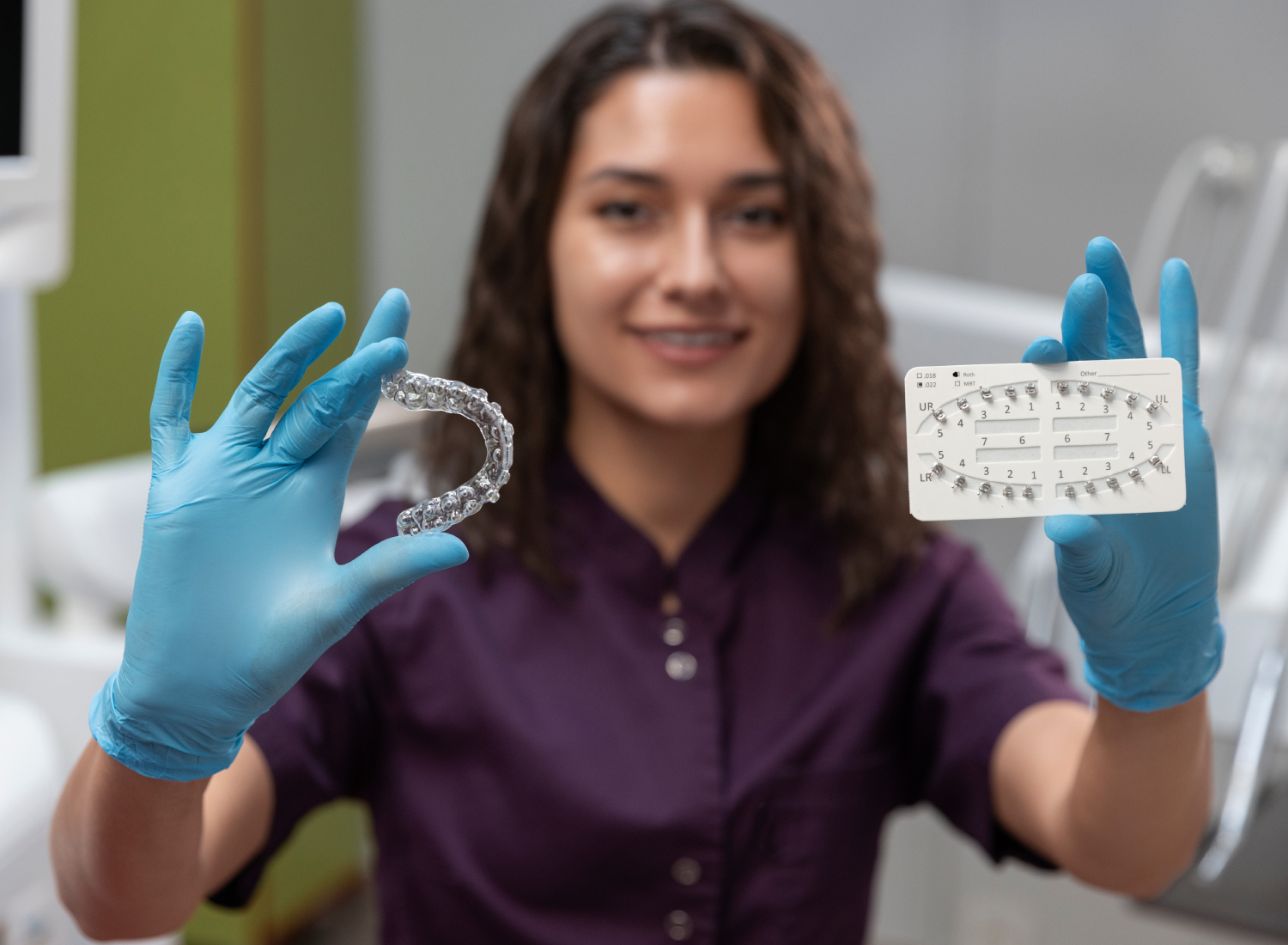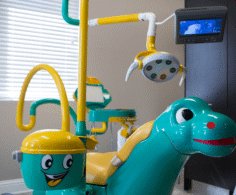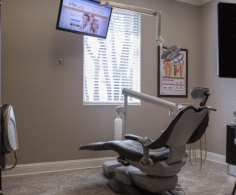Invisalign vs. Traditional Braces: Which Option Fits Your Family Best?

If you’ve ever sat around the dinner table talking about braces with your kids, you already know it can spark a mix of excitement and nerves. Some kids want cool colored bands. Others dread the thought of metal in their mouth. And then there’s Invisalign, the clear aligner option that seems almost too good to be true. So how do you know which treatment is right for your family?
At our office, we’ve walked hundreds of families through this same decision. As the best family dentist, our job isn’t just to straighten teeth, it’s to make sure you feel confident about the choice you’re making. Let’s talk through the real differences between Invisalign and braces, so you can find the right fit for your family’s needs.
Why Straightening Teeth Matters
Orthodontics is about more than just appearances. Straight teeth are easier to clean, which lowers the risk of cavities and gum disease. They also help with chewing, speech, and even jaw comfort. Parents often ask us: Is orthodontic treatment worth it? The answer is yes, because healthy alignment sets your child up for a lifetime of better oral health.
But whether Invisalign or braces get you there depends on lifestyle, age, and dental needs.
The Case for Invisalign
Invisalign has become popular because it’s nearly invisible and easy to manage. The aligners look like thin, clear trays that slip over the teeth. Every couple of weeks, you switch to a new set that gently moves the teeth closer to their final position.
Families often tell us the best part is flexibility: kids can take them out to eat, brush, and floss. Teens especially like that aligners don’t show up in photos the way braces do. Parents like fewer emergency visits for broken brackets or poking wires.
But here’s the catch: Invisalign only works if it’s worn consistently. The trays need to stay in for 20–22 hours a day. That means responsibility. If your child tends to misplace things or forgets routines, braces might be safer.
The Case for Traditional Braces
Braces have been around for decades, and there’s a reason they’re still widely used: they work for almost every case. From simple spacing issues to severe bite problems, braces can handle it all. Because they’re fixed to the teeth, parents don’t have to worry about lost aligners or whether their child is wearing them enough.
Yes, they’re more noticeable. And yes, there are some food restrictions (goodbye sticky candy). But braces are also predictable, reliable, and often the fastest route for complex treatments. Plus, kids often enjoy choosing colorful bands to personalize their look.
For younger children, braces are usually the better choice because responsibility isn’t a factor; they just work 24/7.
Comparing the Two: Lifestyle and Comfort
Here’s what we usually tell families in our consultations:
- Appearance: Invisalign is almost invisible, while braces are more noticeable.
- Comfort: Invisalign trays are smooth; braces may cause mild irritation at first.
- Oral Care: Invisalign comes out for brushing; braces require extra effort with flossing.
- Discipline: Invisalign relies on the patient; braces don’t.
The good news is that both can deliver excellent results. It’s less about which is “better” and more about which fits your family’s lifestyle.
Age Matters: Kids, Teens, and Adults
Kids: Younger children typically do better with braces since they aren’t ready to manage removable aligners.Teens: Both braces and Invisalign can work, depending on their responsibility level. Teens often love Invisalign for its low profile.Adults: Many adults prefer Invisalign for its discreet look, though braces remain a strong option for complex corrections.
As the best family dentist, we look at age, dental development, and daily routines before recommending a treatment plan.
How We Guide Families Through the Choice
At our practice, we believe choosing between Invisalign and braces shouldn’t feel stressful. That’s why we take time to:
- Explain how each option works.
- Share real timelines for treatment.
- Discuss lifestyle factors, like sports, school activities, or work.
- Answer every question, from cost to comfort.
We want families to leave our office knowing they’ve made the right choice, not just for a straighter smile, but for a smoother treatment journey.
Final Takeaway
Both Invisalign and traditional braces can transform smiles and improve oral health. The real question is: which one fits your family’s needs best? Whether you’re a parent thinking about your child’s confidence or an adult finally ready to tackle orthodontics for yourself, the decision becomes easier when you have the right guidance.
As the best family dentist, Fate Family Dental is here to help you weigh the options, understand the process, and move forward with confidence. Because at the end of the day, it’s not just about straighter teeth, it’s about giving your family smiles that feel comfortable, natural, and full of confidence.









